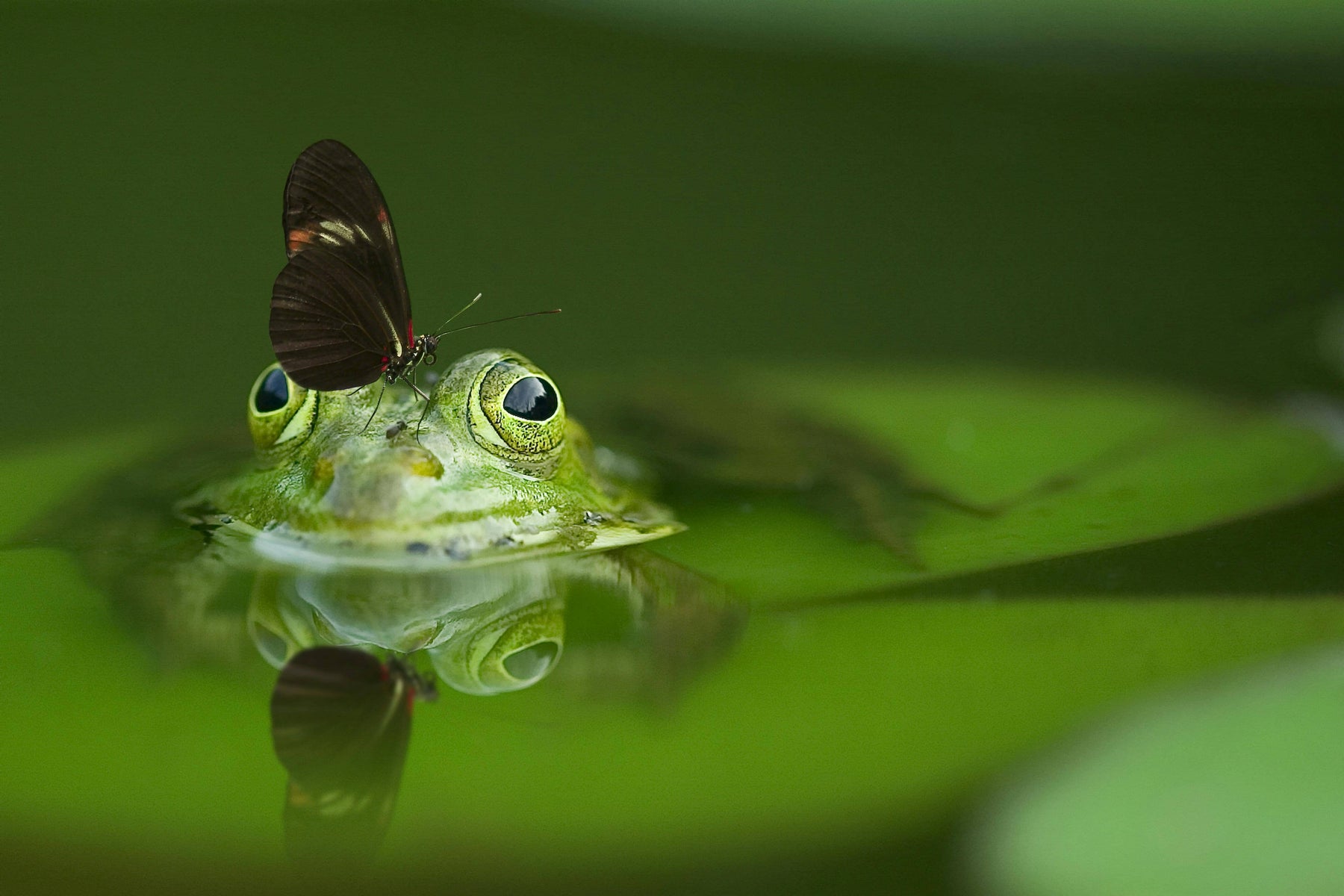Mon - Fri 9am-4pm
1(862)-362-1444
1(862)-362-1444
Mon-Fri 9am-5pm EST


1. Use a rope or hose to outline your pond shape on the ground, this makes it easy to visualize the size and design.
Pick a spot that gets at least half a day of sun and is protected from strong winds.
Try to avoid placing your pond under trees falling leaves and flowers can mess up the water.
Also steer clear of areas where rainwater pools or where the ground is too wet, as this can lift the pond liner and cause issues.

2. Start by digging your pond in the shape you want, but keep the sides sloped not straight down. This helps with stability and water flow.
Stick to simple shapes fancy designs can make building harder.
If you want to add plants around the edges later, dig a few step-like shelves about 20–40 cm deep.
And most importantly, make sure the top edge of the pond is level all the way around for a clean, professional finish.

3. Once your pond is dug and all sharp stones are cleared out, cover the bottom and sides with pond underlay for protection. Then, place the liner on top.
If you need to step into the pond during this step, take off your shoes so you don’t damage the liner.
Use bricks or heavy objects to hold the liner in place—just place them around the edge on the ground, not inside the hole.

4. Run water into the pond gradually, at the same time pulling and tucking the liner into shape to ensure a neat finish. Fill the pond completely and leave overnight to ensure proper settlement.
Trim off excess pond liner and underlay, leaving a minimum of 30cm overlap for anchorage.

5. Add your choice of edging stone, paving, or turf to give the pond a clean look.
Make sure the edges hang slightly over the pond to cover any visible liner and protect it from sunlight.
If you use grass turf, let it overhang a bit so it can touch the water naturally.

6. Your pond is ready!
Now you can add your pump, filter, plants, fish, lighting whatever you need to make it your own.
Need help choosing or setting things up? AQUASCAPE ECO is here for you.

How Deep Should Your Pond Be? A Quick Guide for Fish Keepers
When designing your pond, depth is one of the most important factors to consider—especially if you're planning to keep fish.
If you're raising Koi, your pond should be at least 1.2 metres deep. Koi need that extra depth to thrive and stay safe, particularly during colder months.
For other fish species, a depth of 1 metre is generally sufficient. However, if you're keeping hardy varieties like goldfish, shubunkins, or sarasa comets, they can often survive in smaller, well-sheltered ponds with a minimum depth of 50cm.
Why does depth matter so much? During winter, fish naturally seek out the warmest part of the pond, which is always at the bottom. That's why it's important to make sure at least 40% of your pond maintains this maximum depth—giving your fish a safe, cozy space year-round.
Planning your pond with these depths in mind not only keeps your fish healthy but also makes maintenance and seasonal care much easier.